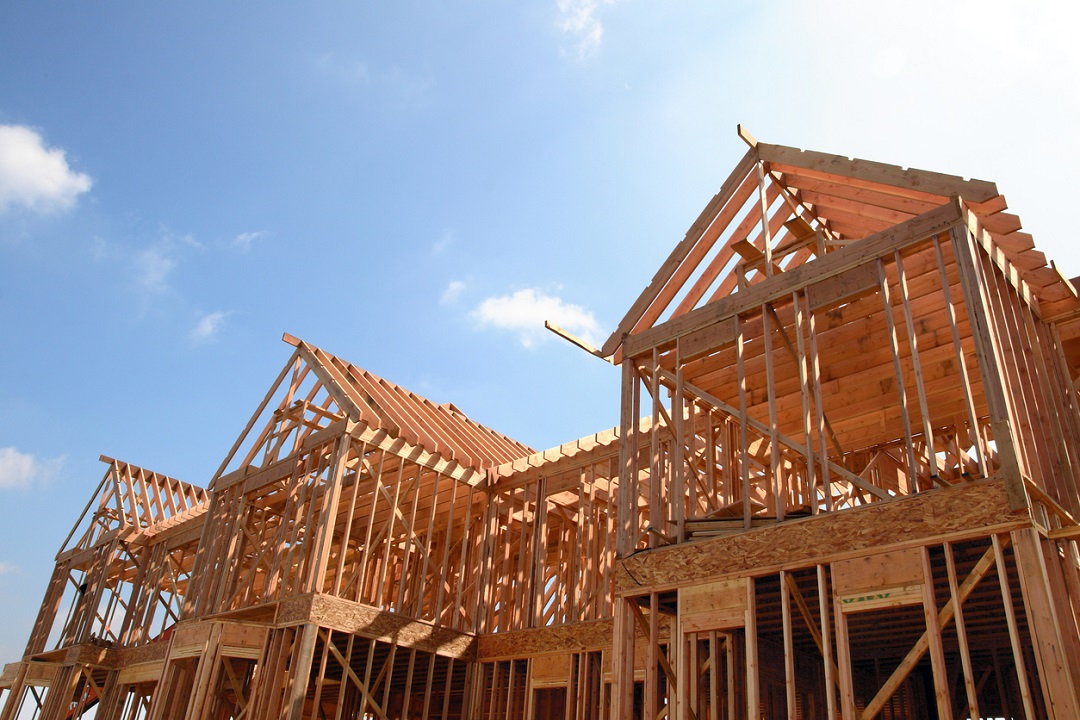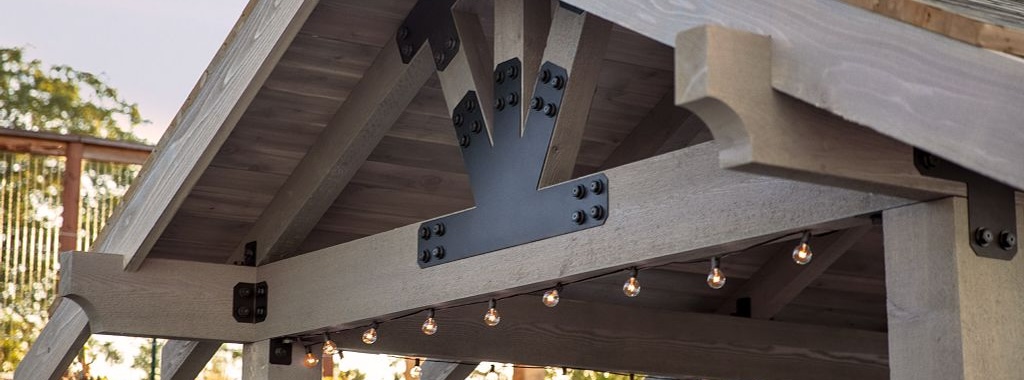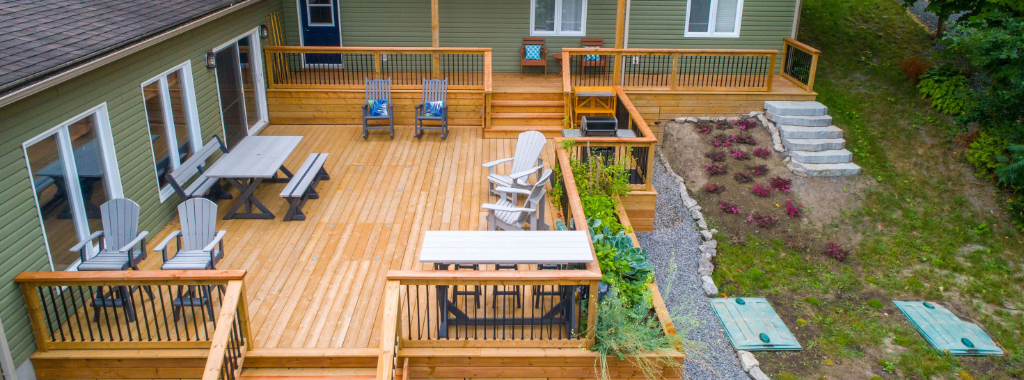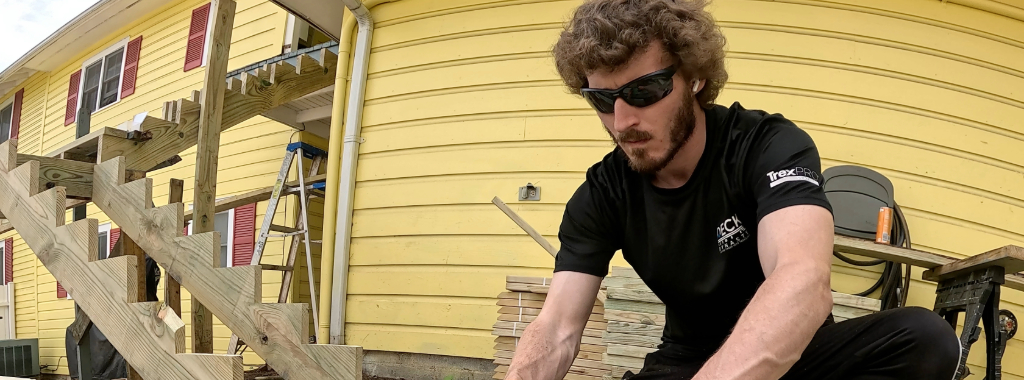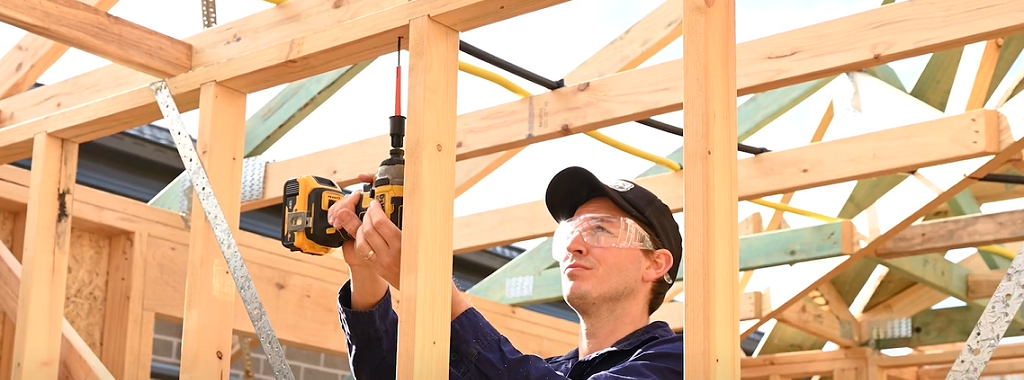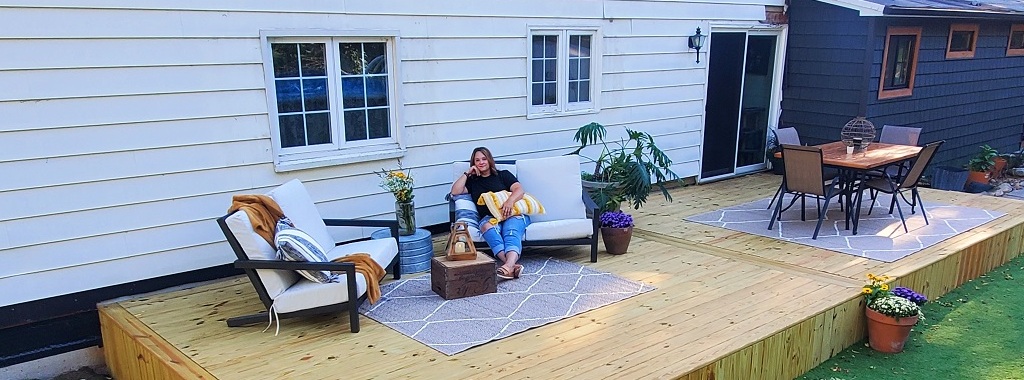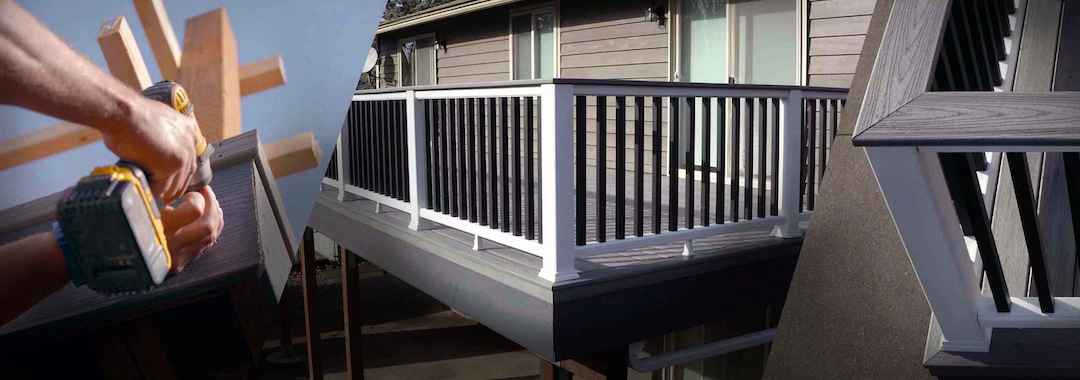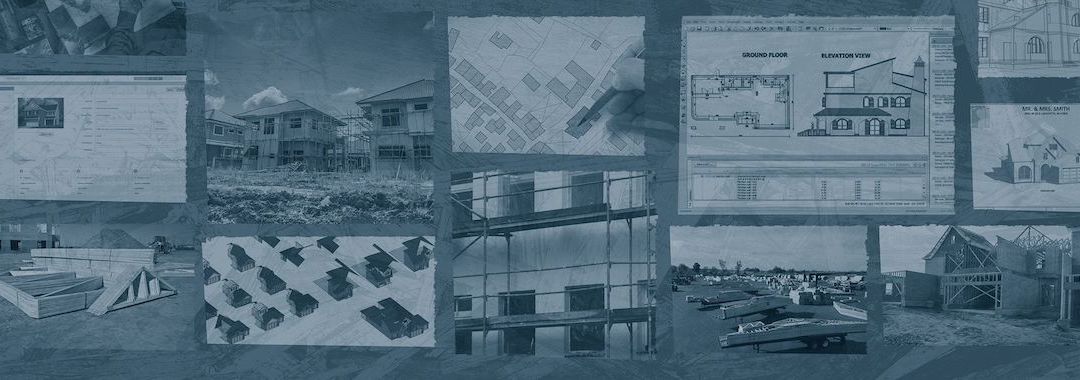In outdoor design, every detail matters. From the choice of materials to the arrangement of furnishings, each element contributes to an outdoor space’s overall style and ambiance.
One often overlooked aspect of outdoor design is the successful integration of the hardware used in buildings like pergolas and decks with their structural members. The hardware needs to function flawlessly and complement the overall design scheme to enhance the visual appeal of an outdoor space.
Continue reading “Unified Elegance: Harmonizing Deck and Pergola Hardware with Outdoor Accents”


